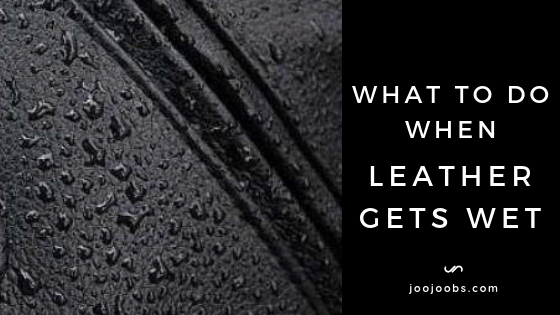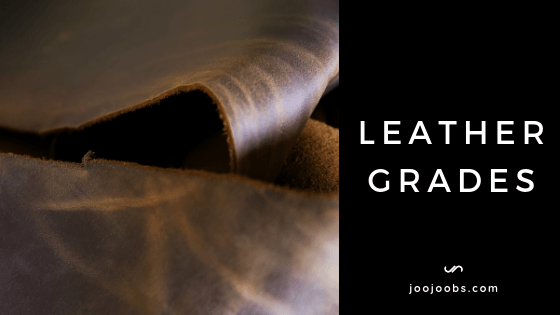Fact Check
DIY Leather Conditioner
Anyone who owns leather and is actually proud of that fact knows that it needs good conditioning from time to time. (Actually, our wallets don't because there are made from distressed leather)
Whether its shoes, jackets, hats, bags or even furniture, any and all leather goods can benefit from being rubbed down by leather conditioner to keep them protected and looking their best.
While most leather conditioners aren’t super expensive, the fact that you can make a simple and effective version entirely at home for a fraction of the cost means there’s not much reason to buy it either way.
But how do you do that?
That’s why we’re here today.
Let’s go over a simple recipe that will let you DIY a leather conditioner to keep all your favorite clothes and furniture clean, crack-free, good looking for years to come.
Before you Start: Spot Test
As with anything, make sure to perform a spot test with any of these mixtures before rubbing them all over your leather.
While they should be safe to use on any article of leather, it’s better safe than sorry.
Step #1: Cleaning
Just like with your hair, you need to clean your leather before you condition it.
Skipping this step risks leaving dirt, stains, and other debris sealed into your leather, making them much harder to get out and essentially making all your efforts to condition the leather redundant in the first place.
While you could just buy a bottle of leather cleaner from the store, that would kind of go against the spirit of DIY in this endeavor.
Not only that, DIYing leather cleaner is likely to be even cheaper than leather conditioner.
First, give your leather a good dusting with a soft cloth or (in the case of furniture) a vacuum.
Next, mix together equal amounts of plain white vinegar and water. This acts as a disinfectant and liquid cleaner all in one when applied to a clean cloth and used to wipe down your leather.
After cleaning with this solution, you may notice your leather has become quite a bit duller. This is no problem, though, as the process of conditioning will restore its natural sheen and then some.
If you’re not planning to condition after this, try mixing one part vinegar with two parts flaxseed oil, rubbing that into it, and letting it dry overnight.
If you’ve got any stubborn stains to clean out, you’ll probably need to step your game up a bit.
Most ink from things like markers, pens, and the like can be taken care of by spritzing hairspray over it and then washing it off with water.
Baking soda takes care of grease, and a lemon juice/cream of tartar pasta can lighten dark marks. You can also use equal parts water and rubbing alcohol kills mold without harming your leather.
Step #2: Conditioning
Once you’ve cleaned your leather, you’re all set to condition it. First, however, you’ll need to make the actual conditioner.
Combine around half a cup of either flaxseed or coconut oil with two tablespoons each of beeswax and shea butter in a small saucepan.
Heat on medium low until the solids have completely melted into the liquid. Remove from heat immediately and stir to make sure everything is combined, then set aside to cool.
The cooled mixture should take the form of a thick paste, though you can adjust the thickness to your liking by adding more wax or oil (more wax is thicker, more oil is softer).
This mixture can easily be stored in glass or metal containers and kept more or less forever, as none of the components will spoil or go bad over time.
With a soft microfiber cloth, rub small amounts of the paste into your leather to replenish the natural oils in the hide while giving it a protective coating against wear and tear.
You want to make sure the paste is cooled at this point as too much heat can lead to over-absorption making for sticky, slick, or otherwise unpleasant leather.
When the leather is thoroughly coated, wiped off any excess paste. Then, using a different cloth from the one you applied the paste with, gently buff the leather to help shine up the outside.
After that, you should have a piece of perfectly cleaned and conditioned leather.
Final Thoughts
To protect your beloved leather clothes and goods from the rigors of age and everyday use, you’ll be required to condition it from time to time.
Instead of spending money on store brand leather conditioners, though, simply make your own effective conditioner at home for a fraction of the cost by following this easy guide.





